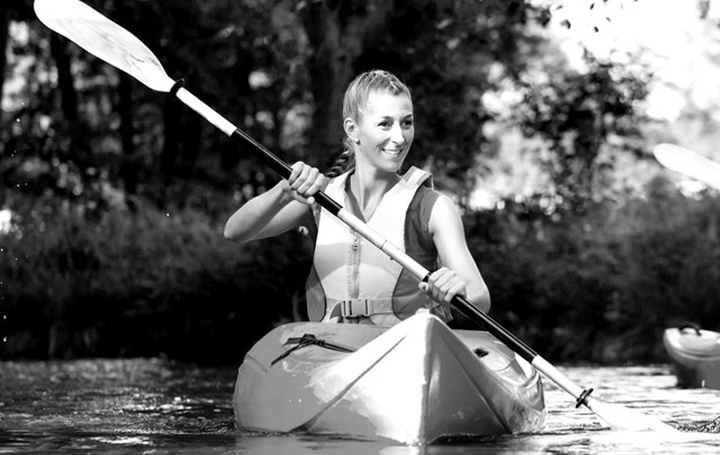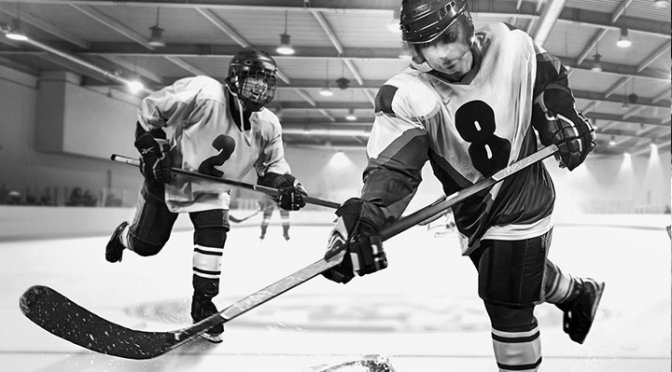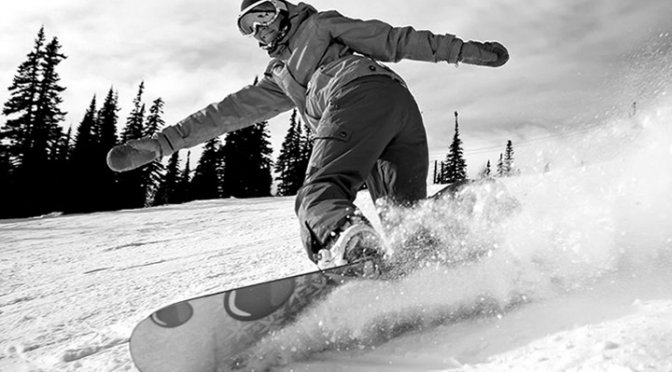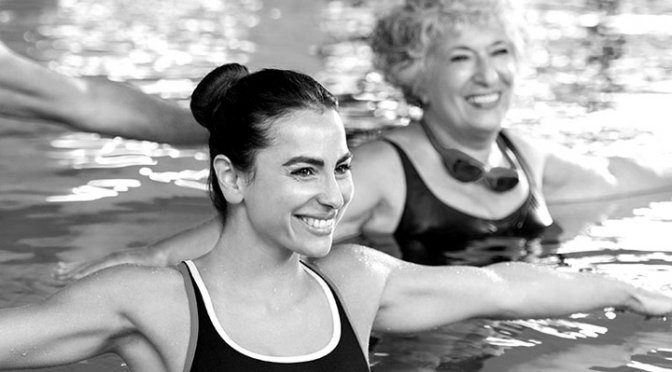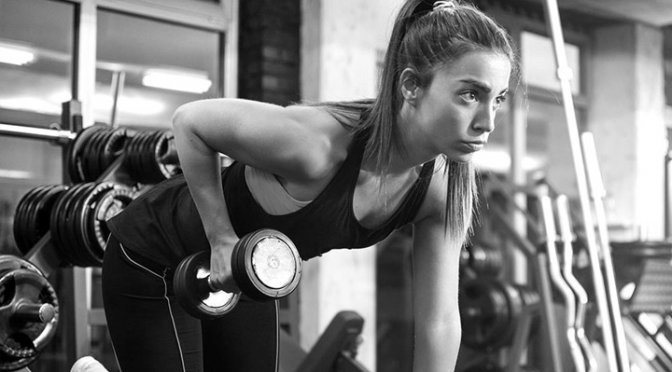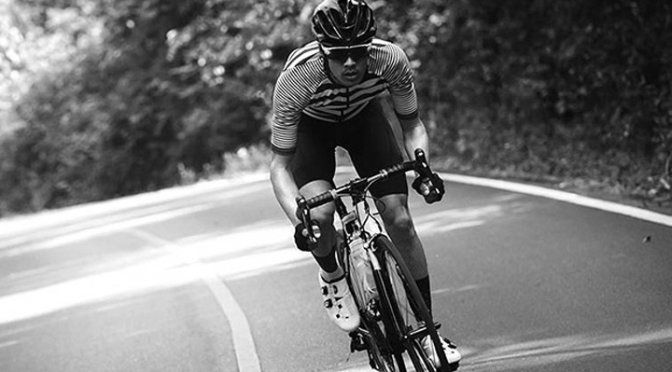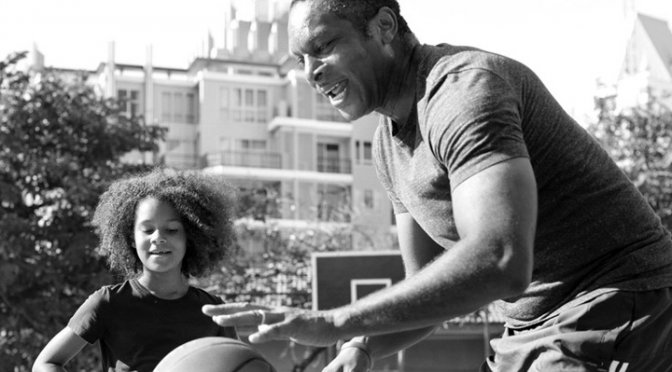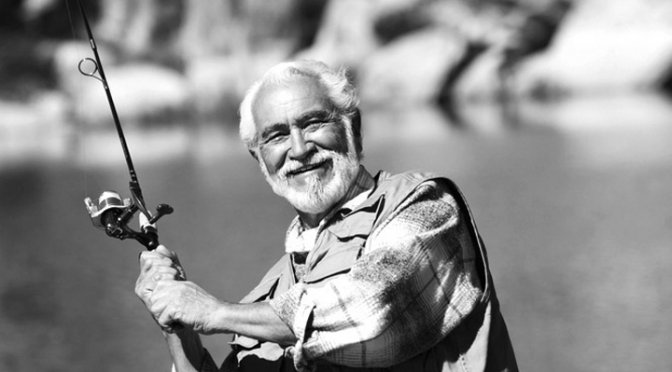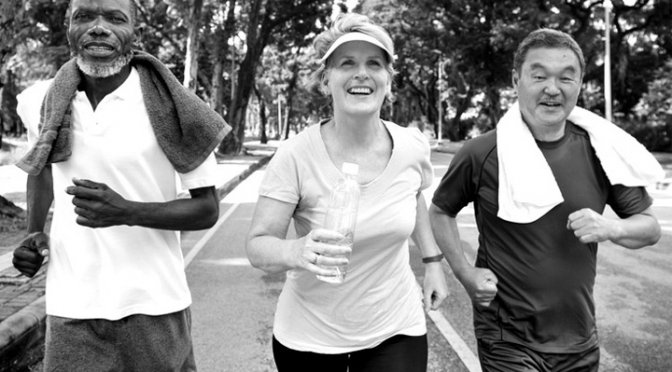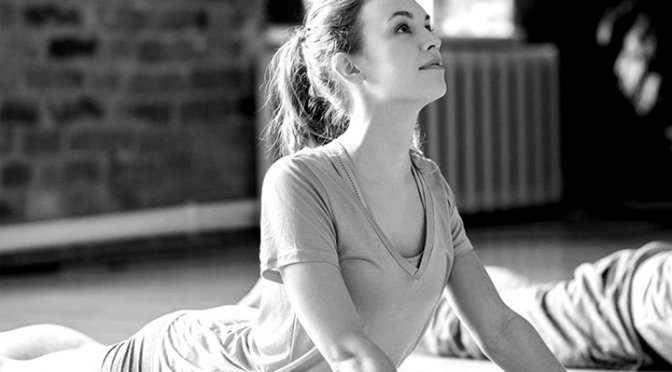The hip joint is a ball and socket joint that has more muscles crossing it than any other joint in the body. It is important for the hip to be functioning properly in order for the back, knee and ankle joints to be moving effectively and without pain. Some common hip problems include:
A disease that affects the whole joint but mostly the articular cartilaginous surfaces from one bone to another. Most joints affected are the hands, knees and hips. Factors that can affect your chances of getting OA are:
- Age
- Heredity
- Obesity
- Physical activity
- Muscle weakness
- Previous sports injuries
Osteo arthritic changes can happen as early as 30 years old, where symptoms can be as simple as “occasional stiffness”. Significant progression of an OA hip can lean to a total hip replacement (arthroplasty). We offer the *GLA:DTM program for management of hip OA. Following your assessment your physiotherapist will let you know if this program could be right for you.
The labrum is a cartilaginous ring around the acetabulum or “socket” part of the hip joint. It can be injured from a traumatic event or often, slowly without trauma. Sometimes the only event leading to hip pain is a change in lifestyle for example, more sitting at work. Other problems such as femoral acetabular impingement (FAI) or hip dysplasia can affect the health of the labrum.
We can show you how to engage the correct muscles at the correct time to help improve pain and function even if you have a labral tear or FAI.
When abnormal contact happens between the neck of the thigh bone (femur) and the socket (acetabulum), the cartilage around the socket (labrum) gets pinched and is very painful. This can happen when there is extra boney thickness on the femur (cam) and/or extra boney coverage on the acetabulum (pincer).
Aching and/or pinching in the front of the hip is often a result of muscle imbalances around the hip joint. The iliopsoas muscle is often over-working and often a “snapping” sensation can be felt in the front of the hip.
Pain may be around the outside of the knee, but is often due to a muscle imbalance that can be identified around the hip.
Our physiotherapists will identify which muscles you need to work on. Strengthening and stretching and correcting any altered motion will help in your recovery.


